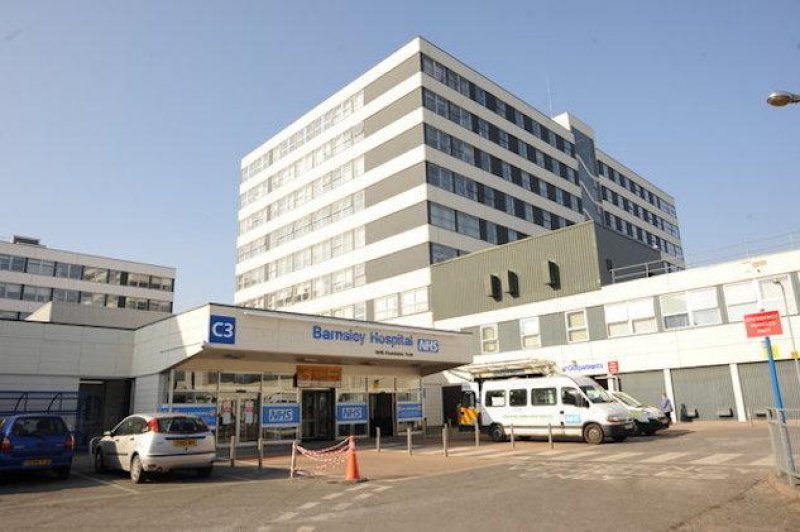ANTICIPATED demand at Barnsley Hospital could result in a lack of beds being available for patients this winter, according to a report.
The contingency document – which looks into what is being planned to cope with the NHS’s busiest period of the year – revealed bed occupancy is already above what is deemed an ‘optimum level’.
In August, 95 per cent of the hospital’s current 430 beds were taken, leading to the formation of a task and finish group to oversee its winter plan of action which revealed 480 are required.
The Chronicle can reveal wards 36 and 37 will be used for ‘winter escalation’ purposes from this month and ward 30 – which was used as a 26-bed addition last year – will remain in use.
The report said: “Each winter the NHS prepares for the season’s challenges in order to ensure it can sustain the delivery of quality and safe care.
“Barnsley Hospital NHS Foundation Trust requires advanced preparation to manage the predicted sustained pressure on bed capacity across the health and local economy of Barnsley during the 2022/2023 winter period.
“It is expected that this framework will remain in operation until May 1, 2023.
“In August 2022, bed occupancy remained high and at 95 per cent was above optimum levels.
“This has led to the frequent use of flex beds on ward 36 and overnight use of beds in the discharge lounge.
“Clearly, this can limit bed availability at times of need, leading to waits within the emergency department.
“Current medical and surgical bed capacity – including flex beds – stands at 430.
“Optimum occupancy levels to support daily flow, quality and safety metrics is quoted as 85 per cent to 88 per cent, with anything above 92 per cent impacting on key performance metrics.
“For Barnsley Hospital, this equates to 480 beds required to ensure flow across the winter months.
“A task and finish group has been established to consider bed requirements alongside staffing, acuity, admission avoidance and discharge.”
Hospitals are expected to plan for a 30 per cent increase in inpatient activity with increased influenza, norovirus and other respiratory illnesses including Covid-19 being outlined.
However, despite Barnsley being one of the worst-hit places in the country for its Covid-19 cases, inpatients with the virus have remained low in the last month.
Admissions for the illness, hospital bosses say, have utilised approximately one per cent of its overall bed base, with no patients requiring critical care.
“These factors tend to lead to an increase length of stay and an increase in the number of bed days across the trust,” the report added.
“We review plans annually for meeting the winter demand for inpatient beds but this year takes place within the context of ongoing urgent and emergency pressures plus the likelihood of significant Covid and flu infections.
“This year, plans need to include a Covid surge from October to February 2023, with a probable overlap of influenza.
“Once the trust reaches ten per cent of bedbase impacted from infection the escalation framework will be enacted as there is a high risk to patient flow.
“It is possible that respiratory presentations in paediatrics will be extremely high with inpatient surge plans, including additional care capacity, being required as and when possible the trust may be asked to support neighbouring trusts.
“The aim of the bed configuration and winter planning exercise is to enable Barnsley Hospital to meet the expected demand for beds during Covid recovery and into and beyond winter 2022/23.
“We do so in a way that is, as far as practicable, consistent with good patient flow, high quality care, and adherence to recommended infection prevention and control practice.
“Various constraints – buildings, finance and time – mean that compromises are unavoidable.”


















